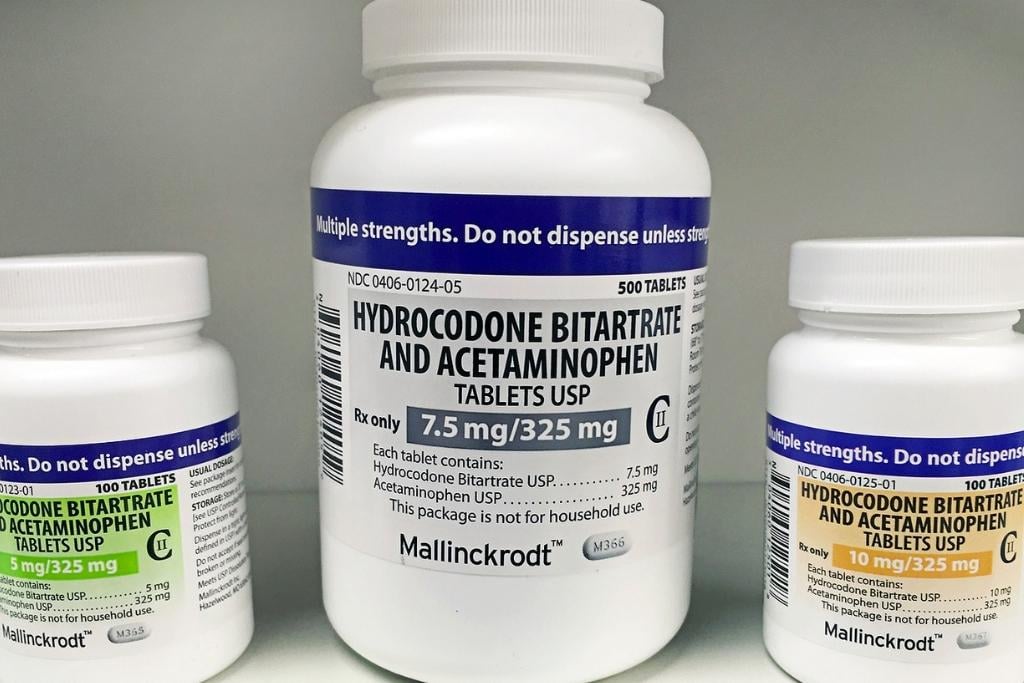
Methadone Rehab: True Rehabilitation or Maintenance?
When people hear the term “methadone rehab,” it often triggers mixed emotions and opinions. Is methadone treatment a genuine form of rehabilitation or simply a maintenance strategy? To truly...

Norco is a prescription pain medication combining hydrocodone (an opioid) and acetaminophen. It’s used to manage moderate to moderately severe pain when other non-opioid pain relievers are not sufficient. While effective for pain, Norco carries significant risks, including addiction, overdose, and liver damage. This guide provides comprehensive information on its use, side effects, dangers, and resources for help.
Composition
How It Works
Hydrocodone targets the central nervous system to reduce pain perception. Acetaminophen likely inhibits prostaglandin synthesis, contributing to its analgesic effect.
Legal Classification
Norco is a Schedule II controlled substance in the U.S., reflecting its high abuse potential.
Available Strengths
Common dosages include:
Speak Confidentially
with an opiate detox treatment expert.
Norco contains hydrocodone, an opioid with a high potential for dependence and misuse. Even when taken as directed, long-term use may lead to opioid use disorder (OUD).
Acetaminophen, when taken in large quantities, can cause life-threatening liver damage. Patients should monitor their total daily intake and avoid other acetaminophen-containing medications.
Hydrocodone can slow or stop breathing, especially when combined with alcohol, benzodiazepines, or other central nervous system depressants. This can lead to coma or death.
Using Norco during pregnancy can result in withdrawal symptoms in newborns, requiring urgent medical attention.
Norco is approved for acute pain management, often prescribed post-surgery or for injury-related pain.
Administration Instructions
Dosage should be individualized based on pain severity, opioid tolerance, and overall health. Always track total acetaminophen intake.
Even short-term use can lead to tolerance, dependence, and withdrawal symptoms. This includes restlessness, insomnia, muscle pain, nausea, and more.
Taking too much Norco or combining it with other depressants can lead to fatal overdose.
Signs of overdose: pinpoint pupils, unconsciousness, slow or stopped breathing.
Naloxone (Narcan) can reverse the effects—carry it if you use or live with someone who does.
Do not exceed 3000–4000 mg/day of acetaminophen. Always check labels of other medications.
If you or someone you love is struggling, help is available. Recovery from Norco addiction can include:
Contact us and learn more about the best treatment options available for you!
Storage
Keep Norco in a locked, secure location out of reach of children and others.
Disposal
Use DEA take-back programs or mix pills with substances like coffee grounds before sealing and trashing.
Depending on your condition, your doctor may recommend non-opioid options:
Norco can be helpful for short-term pain relief, but its risks are real and potentially life-threatening. Understanding these dangers, using it strictly as prescribed, and knowing when to seek help can protect your health and save lives.
If you’re struggling with Norco use or looking for a safer path forward, don’t wait.
Reach out to the Norco treatment experts at Waismann Method — leaders in medical detox and rapid detox under sedation, offering individualized care in a full-service accredited hospital, followed by professional support at a private retreat.
Your health, dignity, and comfort matter. Call now to learn more or take the first step toward freedom.
Norco is a prescription pain medication that combines hydrocodone, an opioid, with acetaminophen, a non-opioid pain reliever. It is used to treat moderate to moderately severe pain and requires a prescription due to the potent opioid component.
The detection time for Norco (specifically its hydrocodone component) varies by test type:
Yes, Norco is classified as an opioid medication because it contains hydrocodone. Hydrocodone is a semi-synthetic opioid, making Norco a potent pain reliever with a risk of dependence and addiction.
Norco is primarily prescribed for the management of moderate to moderately severe pain that requires an opioid analgesic and for which alternative treatments (like non-opioid pain relievers) are inadequate or not tolerated. It's often used for short-term pain relief.
Taking ibuprofen (an NSAID) with Norco may be possible as they work differently, but you must consult your doctor or pharmacist first. They can confirm if it's safe for you, advise on dosages, and ensure you don't exceed the daily acetaminophen limit from Norco.
No. Hydrocodone is one of the active ingredients in Norco. Norco is a combination medication containing both hydrocodone (an opioid) and acetaminophen (a non-opioid pain reliever and fever reducer like Tylenol).
Yes, Norco is legally classified as a narcotic in the United States because it contains the opioid hydrocodone. The term "narcotic" is often used legally to refer to opioid drugs due to their potential for abuse and dependence.
Lorem ipsum dolor sit amet, consectetur adipiscing elit. Ut elit tellus, luctus nec ullamcorper mattis, pulvinar dapibus leo.
No. While both combine an opioid with acetaminophen, they contain different opioids. Norco contains hydrocodone, whereas Percocet contains oxycodone. Both are strong prescription pain medications but are not interchangeable.
Oxycodone (the opioid in Percocet) is generally considered moderately stronger than hydrocodone (the opioid in Norco) on a milligram-for-milligram basis. However, both are potent opioids, and individual responses can differ.
Yes, Norco is significantly stronger for pain relief than over-the-counter ibuprofen. Norco contains an opioid (hydrocodone) effective for more severe pain, while ibuprofen is a non-steroidal anti-inflammatory drug (NSAID) used for mild to moderate pain and inflammation. Norco also carries much higher risks.
Yes, the hydrocodone in Norco is considered significantly more potent (stronger) than codeine for pain relief on an equivalent dose basis. Both are opioids, but hydrocodone generally provides greater analgesic effect.
Disclaimer: This information is for general knowledge and informational purposes only, and does not constitute medical advice. Always consult with a qualified healthcare provider for any questions you may have regarding a medical condition or treatment.
Discover the Latest Blogs on Addiction and Mental Health
Methadone Rehab: True Rehabilitation or Maintenance?
When people hear the term “methadone rehab,” it often triggers mixed emotions and opinions. Is methadone treatment a genuine form of rehabilitation or simply a maintenance strategy? To truly...
Colorado’s Fentanyl Crisis: What Every Resident Needs to Know
A deadly wave continues to rise — and it’s hitting closer to home than ever before.Colorado is facing a public health emergency that continues to escalate despite national trends...
Canada Rapid Detox Center Information and Location
Looking for Rapid Detox in Canada? Here’s What You Need to Know Canadians seeking a safe, medically advanced rapid detox treatment often search for local options, only to discover...

We are available 7 days a week
Get Newsletter Updates from Waismann Method®
"*" indicates required fields
DISCLAIMER: The text presented on this page is not a substitute for professional medical advice. It is for your information only and may not represent your true individual medical situation. Do not hesitate to consult your healthcare provider if you have any questions or concerns. Do not use this information to diagnose or treat a health problem or disease without consulting a qualified healthcare professional. Be advised that Opiates.com articles are derived from various sources and may not reflect your own country’s regulations.